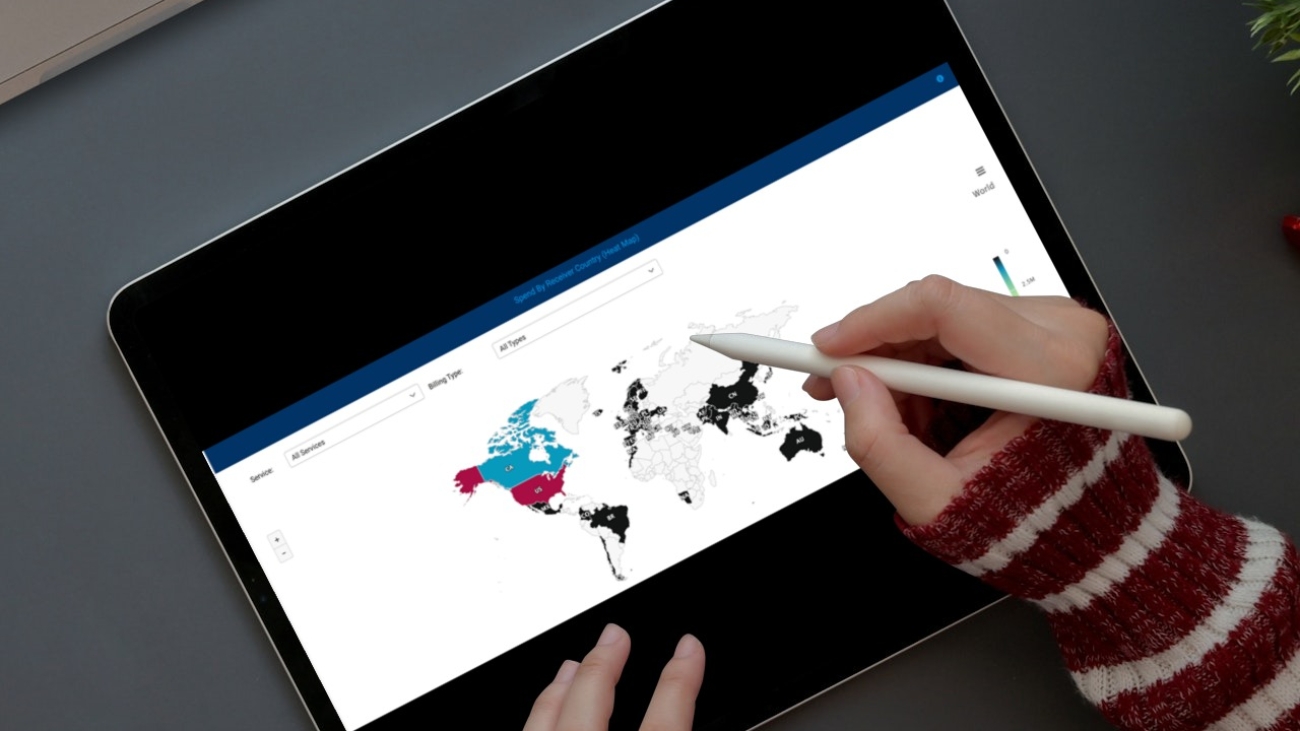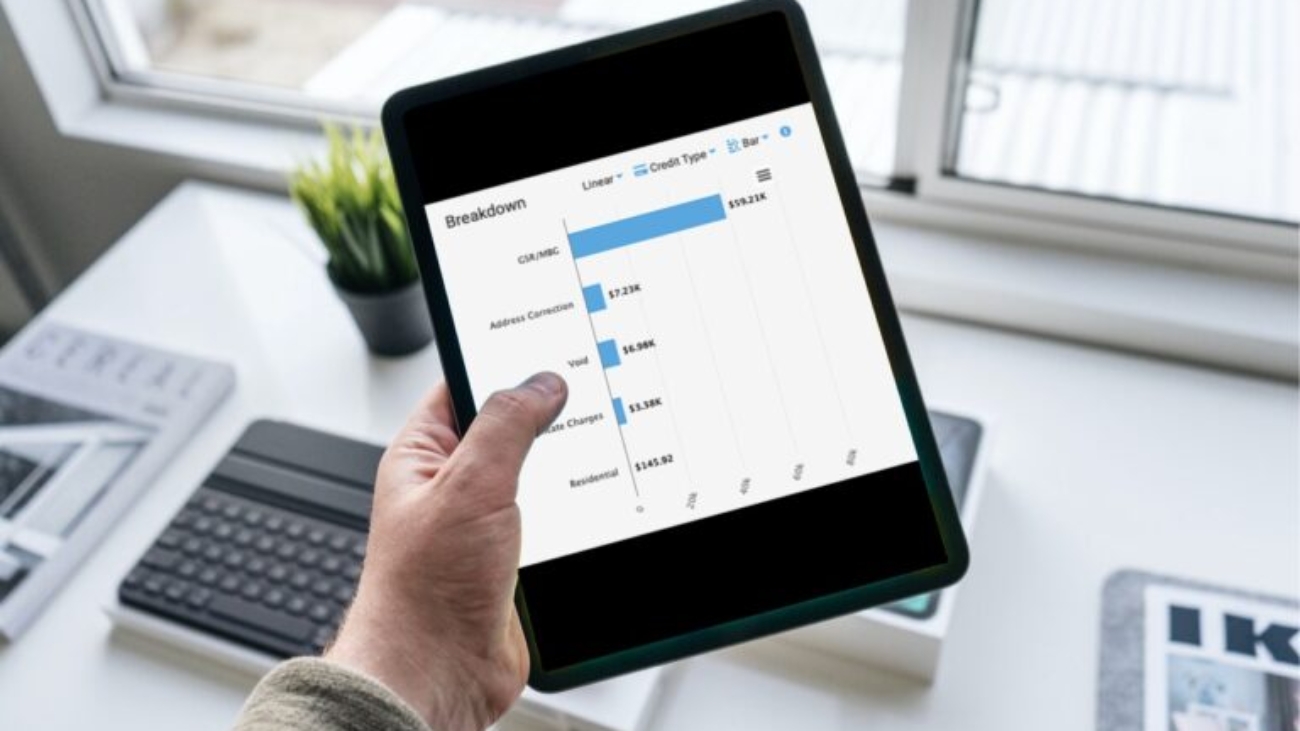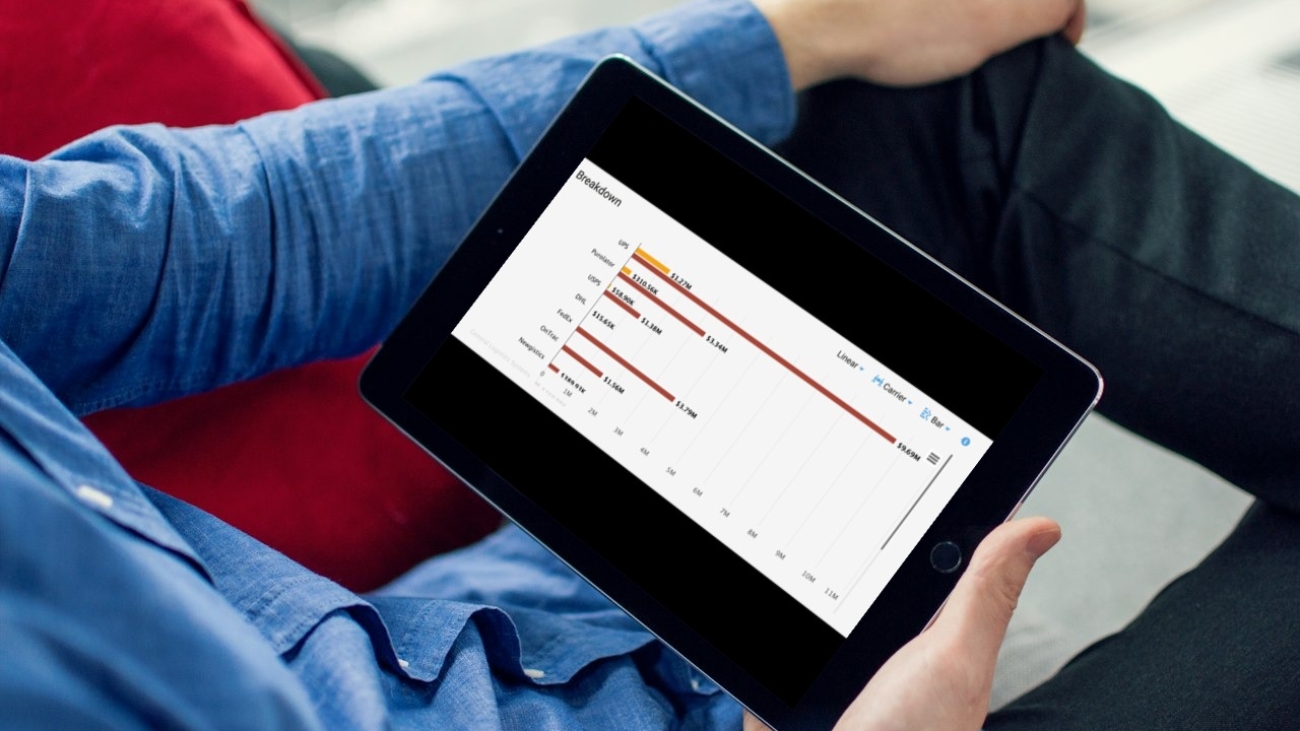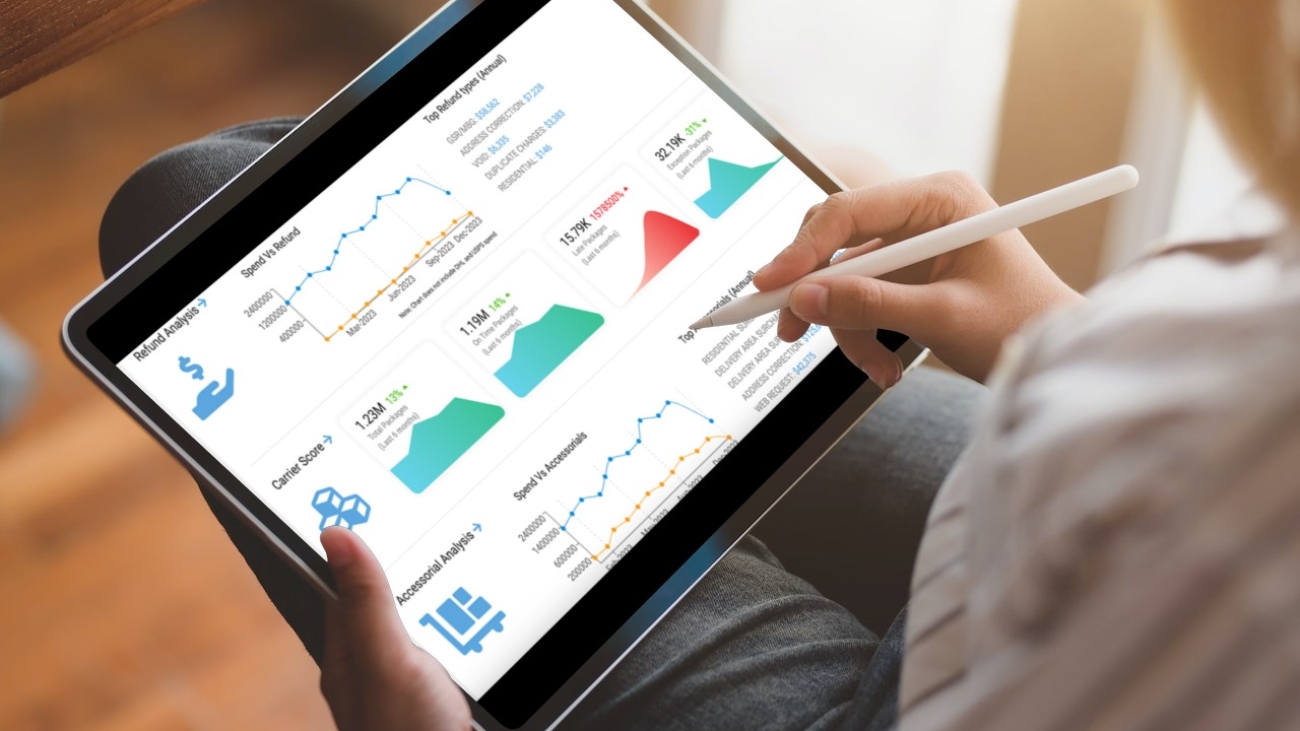According to research statistics, the global logistics market’s expected growth may rise to USD 11.23 trillion in 2025. Moreover, there has been increased demand for freight capacity in the past year. Container volumes were on a steady trajectory in the early part of 2025. Online retail growth has created a high demand for freight services.
Companies are investing in advanced technologies for efficient Freight management. Adopting emerging technologies amid market challenges is essential for business. Third-party logistic providers have an edge over competitors by responding quickly to trade policy changes.
Complex supply chains need technology-rich freight visibility. Supply chain visibility tools provide businesses with details about their supply chains. They identify logistics and disrupt supply chains. The software manages inventory, orders, warehouses, etc.
Predictive analytics in logistics is useful for shippers. It can estimate customers’ buying expectations and stock goods accordingly. In addition, it helps in on-time deliveries of goods through efficient routes and reduces inventory mistakes. So, predictive analytics utilizes shipping data to control shipping expenses due to delivery delays.
Many software have data-driven tools for shipping optimization. Finding the software platform that caters to a business’s needs is thus vital. This article will focus on data-driven decisions with modern Shipping Reporting tools.
Data-driven shipping decisions
Leveraging shipping data transforms shipping operations and profitability. With shipping information at their fingertips, shippers can reduce bottlenecks in shipping operations. Advanced data analytics enhances shipping productivity and customer satisfaction. Further, improving customer experience by harnessing data brings profits.
Modern technologies like Artificial Intelligence (AI) and the Internet of Things (IoT) are integral for analyzing shipping data. Automated shipping data can help identify shipping patterns and reduce shipping disruptions. In addition, cloud-based software platforms can process vast amounts of data, giving insights into optimizing shipping processes. It can identify anomalies while processing invoices. Carrier performance analysis aids shippers in saving money. Further, data unlocks cost-saving opportunities for businesses.
Shipping data analytics provides detailed tracking of shipping costs Shippers evaluate historical shipping data for better shipping operations. Companies opt for Transportation Spend Management (TSM) solutions for scalable growth and shipping efficiencies.
Understanding Data in Transportation Spend Management
Accessing real-time data using AI and machine learning increases cost savings. Transportation Spend Management (TSM) solutions analyze invoicing mistakes and uncover shipping inefficiencies. They cover the different aspects of automated freight auditing for strict adherence to carrier contracts. TSM solutions help shippers negotiate with carriers using a data-based approach.
TSM solutions offer easy-to-use dashboards that give insights into shipping costs. They provide real-time shipping updates regarding deliveries and carrier performance analysis. Shipping costs are affected by transportation modes, service types, weight of packages or cargo, and delivery time. So, data accuracy is vital in Transportation Spend Management solutions.
Data Visualization Tools for Transportation Spend Management
Transportation Spend Management provides data visualization tools like charts, graphs, etc. Interactive, customized infographics are integral to advanced TSM solutions. These tools help in efficient route planning and shipment tracking. Vast datasets are analyzed to enhance freight efficiency. These tools can identify recurring issues and strategize to prevent logistics problems.
Further, cloud-based dashboards update information in real time. Shippers identify areas where delays are occurring and take the necessary action. Logistics teams make data-driven decisions and select shipping carriers based on performance analysis. It decreases operation costs and increases shipping efficiency. Data visualization tools enhance smooth freight scheduling.
Freight management software with reporting features
Data analytics uses Business Intelligence (BI) tools to analyze freight spend. Many sources analyze the freight spending data. The sources include electronic freight invoices, transportation management systems, etc. The analyzed freight data can eliminate freight invoice errors and improve shipping operations.
Many software providers offer various shipping analytics platforms and tools. Freight shipments with automatic monitoring and tracking ensure on-time deliveries. Shipping reports contain extensive information about freight shipping. Shipping Reporting tools provide complete shipment details to shippers.
Shipping Reporting tools
Freight analytics software has Reporting tools. These tools analyze the performance metrics of shipping carriers. The software uncovers hidden savings across carriers, shipping modes, and service types. Shipping reports contain in-depth data on all shipments. Shippers can view specific shipment details and make cost-effective decisions. The intricacies of shipping reports were a part of our earlier articles, which are accessed here.
Shipping Reporting tools provide data insights into freight auditing processes. Freight audit software data identifies areas for improvement in shipping operations. Freight audits automatically detect errors and spending patterns. Shipping data analytics monitor the performance of shipping carriers for timely deliveries. It helps shippers renegotiate carrier contracts on recurring issues.
Comprehensive shipping reports help companies make critical decisions and manage freight operations. Further, shippers provide greater visibility with the software and control of their freight invoicing processes. Shipping reports capture the data regarding shipment deliveries for smooth operations. Businesses profit from the information received in shipping reports.
Best deals on Freight Management software 2025
Many service providers offer different software options for freight management. Choosing the best software in 2025 will depend on the software features, pricing, user interface, security, and more. Businesses have to consider a few key points, such as
- Advanced updated software that tracks freight operations in real-time
- Customized, cost-effective software model that suits business needs
- Data security and privacy rules are strongly regulated
- Easy integration with various business software
- User-friendly interface for easy navigation
Audintel provides the best deals in Freight Audit and management systems. Audintel is the next-generation Transportation Spend Management service provider.
Freight Audit and reporting solutions by Audintel
Analysis of freight spending through Freight Audits is essential for businesses. Audintel’s automated Freight Audit software simplifies the freight auditing process. Our software ensures data security and privacy. The freight audit services provided by Audintel
- Ensures on-time carrier invoice processing
- Roots out invalid, inaccurate, or unwarranted charges
- Has a comprehensive audit and claim filing process
- Avoids payment penalties with timely billing processing
- Monitors carrier performance
Our Business Intelligence (BI) portal aids shippers by providing comprehensive shipping reports of their shipments. We have intuitive, customizable dashboards that give accurate data regarding shipping costs. The information is essential for companies to make data-driven decisions.
Advanced TSM reporting tools for cost savings
Audintel has AI-driven tools that provide businesses with cost-saving opportunities. Audintel has a specialized AI Analyst tool that provides valuable insights into shipping expenses. It predicts demands and optimizes shipping operations. Shippers get updates about shipping carrier rate changes or surcharges that may affect profitability.
Audintel’s integrated SaaS TSM improves shipping efficiency and reduces expenses. Companies benefit from our TSM services from transparency in shipping operations. Our cloud-based TSM reporting tools provide actionable insights into shipping spend. Further, businesses have greater visibility into their supply chain networks and can make critical and profitable decisions.
Conclusion
Retail companies have to navigate challenging market fluctuations and save money. Moreover, changing consumer demands require advanced data analytics. Shippers get favorable rates and service levels with data-driven decisions. Enhanced AI capabilities in logistics are enabling seamless shipping operations.
Companies are looking for innovative shipping solutions to improve their bottom line. Audintel’s services provide intelligent solutions to shippers. Our state-of-the-art software services transform shipping operations. We have advanced Shipping Reporting tools that provide better visibility regarding shipping costs and processes. Contact us at +1 (619) 354 8539 for a free demo of our modern TSM reporting tools. In addition, you can read about the key features of our advanced Freight Audit software on our Audintel website.













